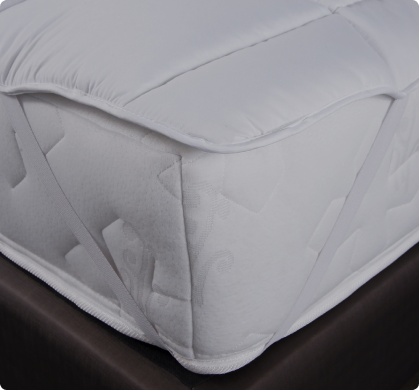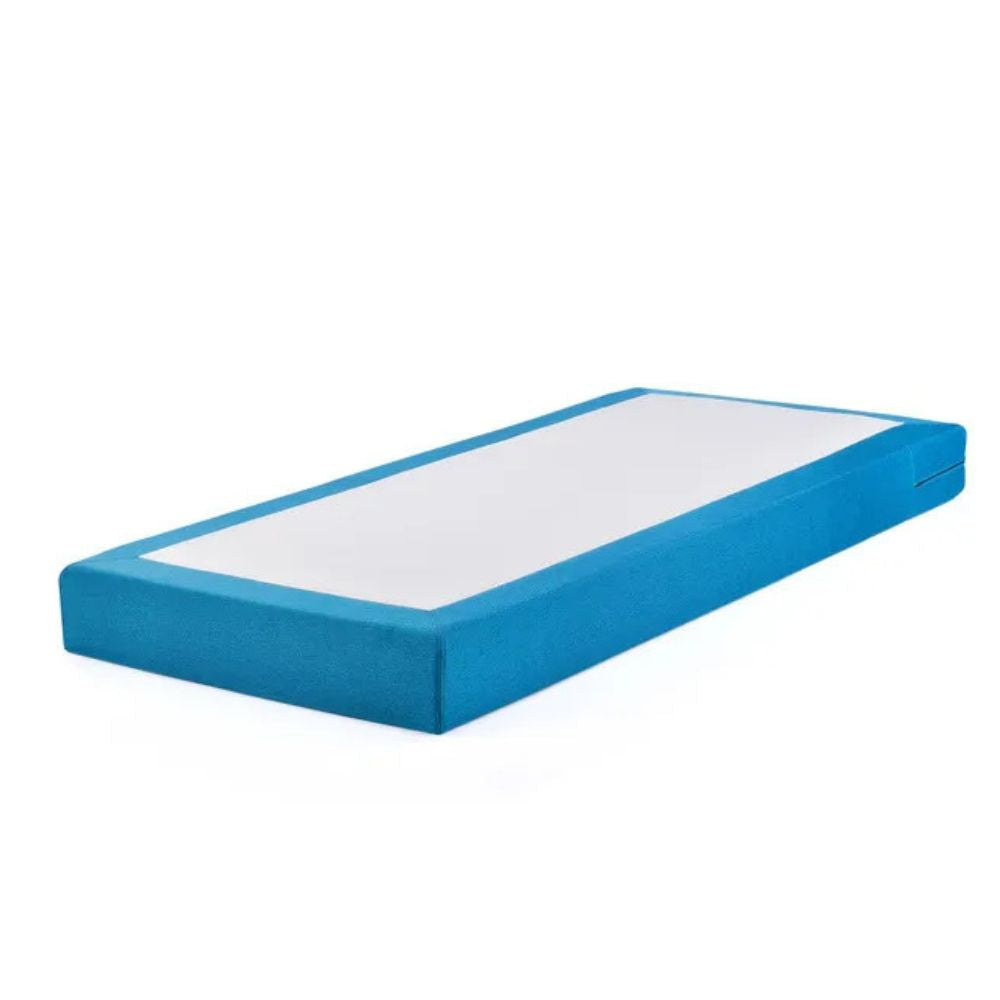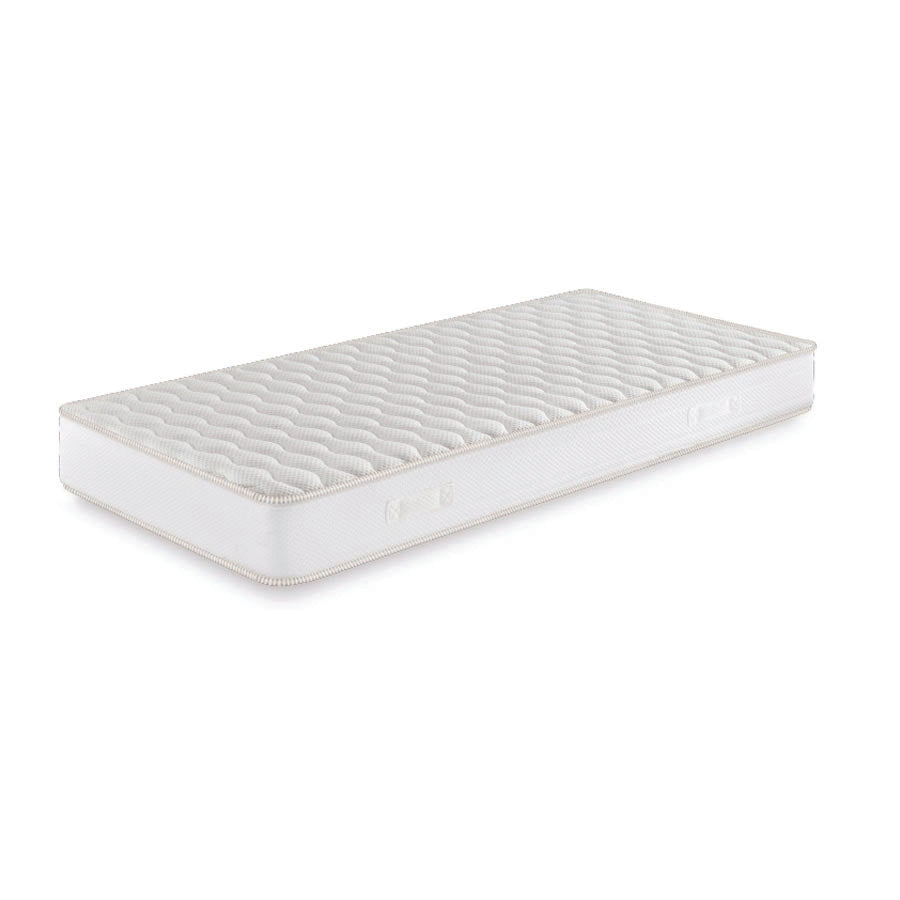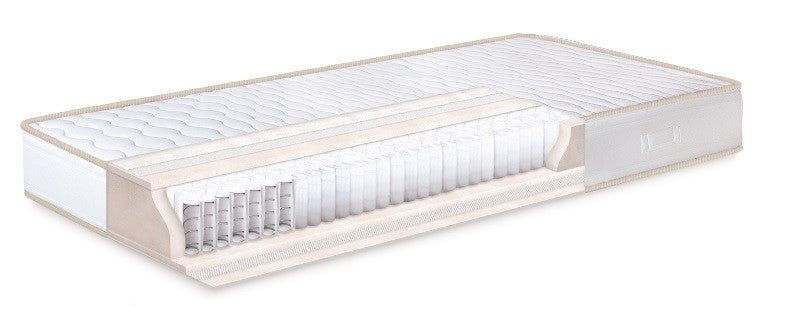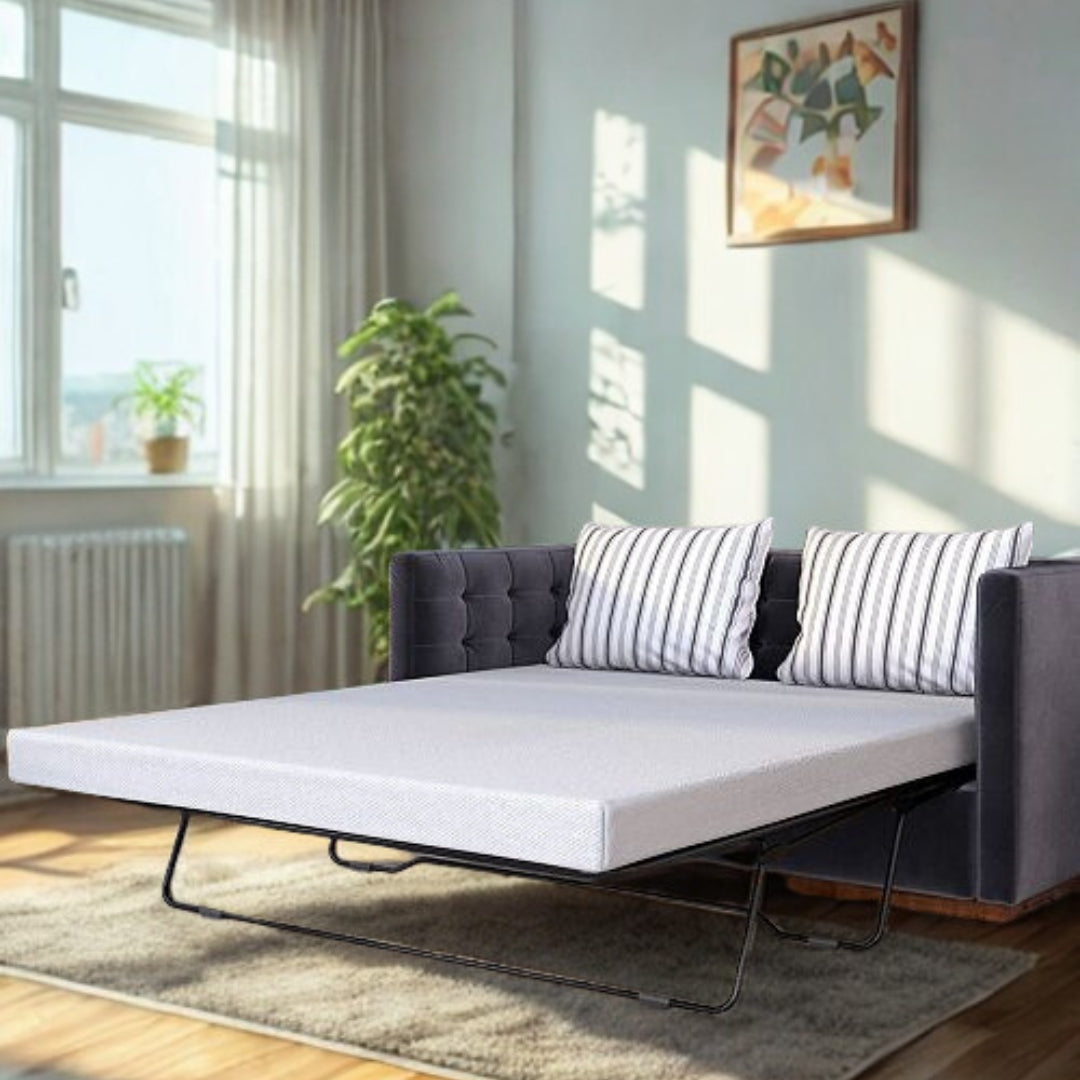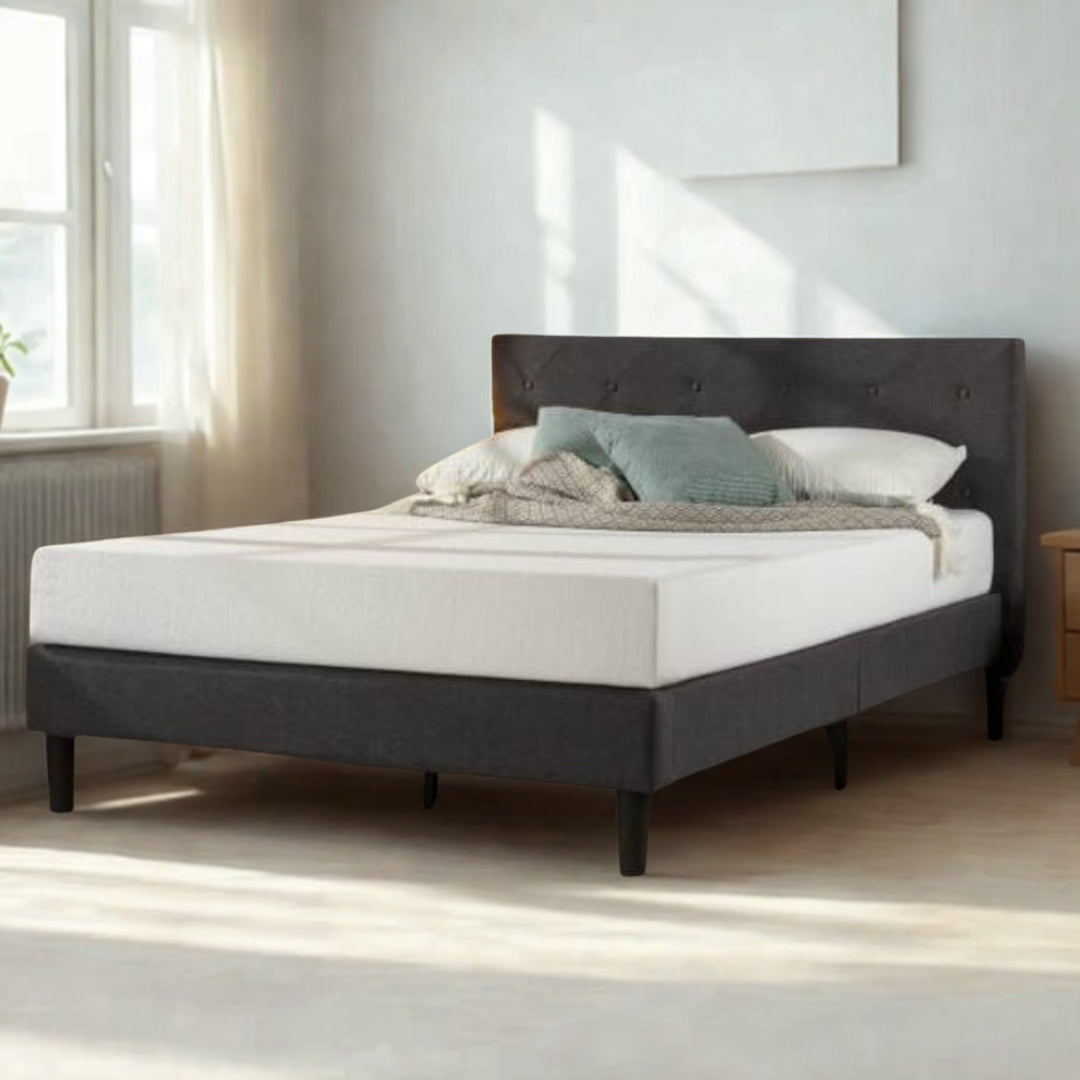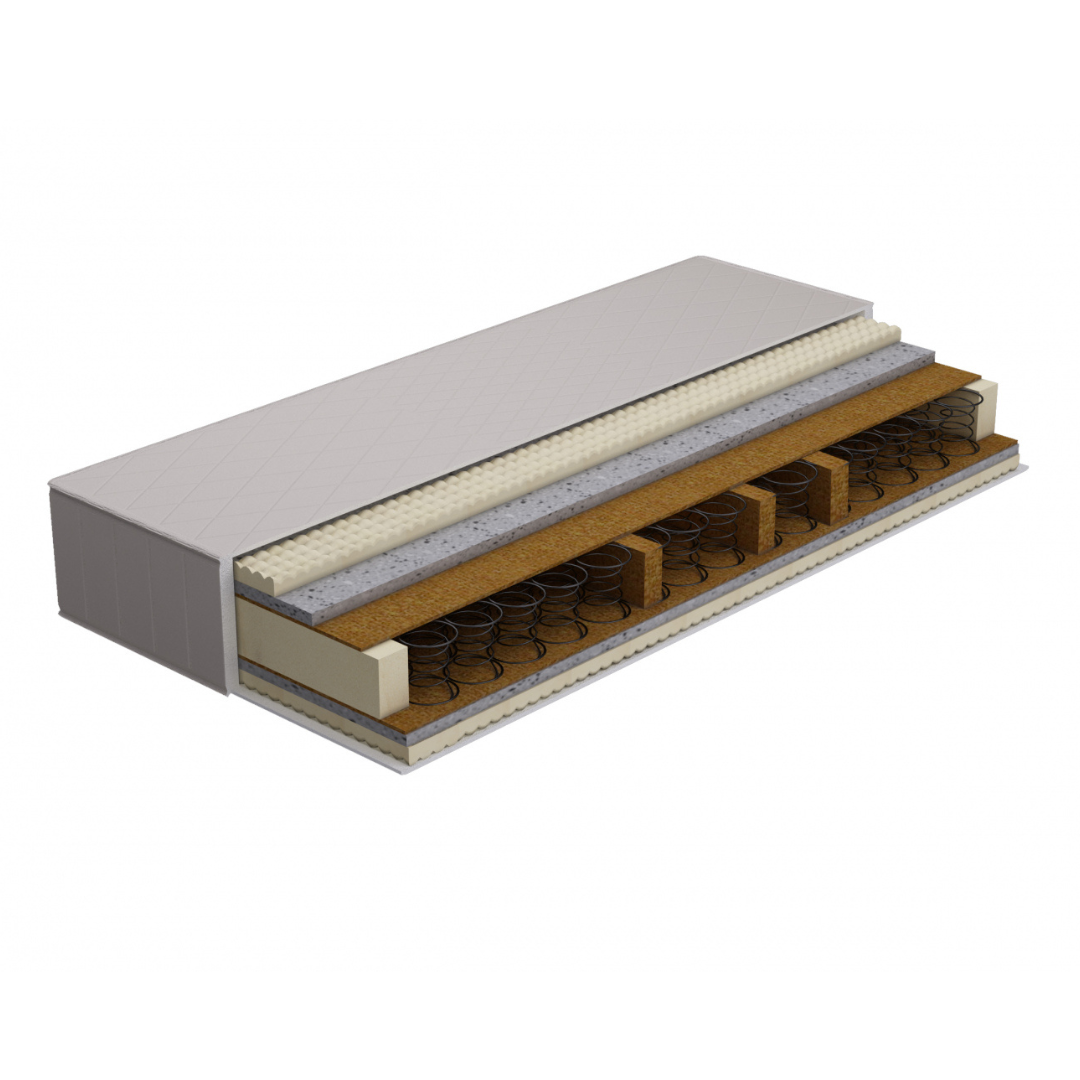There are those mornings when you jump out of bed, the sun is shining, toast and coffee fly into your hands, and you're bursting with energy. Then there are those when you wake up feeling like you've been beaten to death and can barely move your head, your neck hurts so much.
But what could be behind this? And what could be the solution?
Why might your neck hurt in the morning?
If your neck pain only occurs in the morning after waking up and then gradually goes away, one of the most likely scenarios is that your mattress or pillow is to blame. For example, if your pillow is too hard, it will elevate your head, which will overwork your muscles and stretch your ligaments, leading to pain.
The other reason is the mattress. If the mattress is too soft, you sink into it while sleeping, and even if your pillow is perfect, your head is still in an abnormal position during the night.
If your neck pain is rare, it could also be that you accidentally twitched your neck in your sleep and it became stiff. In such cases, there is no problem, just massage it and apply an antispasmodic cream. Believe me, in a few days there will be no trace of the pain.

A bad sleeping position can also be the cause of a sore neck
Of course, your sleeping position also has a big impact on how much your neck and shoulders hurt in the morning. If you sleep on your stomach, you put much more pressure on your spine than if you sleep on your side or back.
If you sleep on your stomach and your neck hurts...
...there could be several reasons for that.
It's a fact that sleeping on your stomach is one of the most unhealthy sleeping positions: not only does it put strain on your neck, but it also puts your spine in an abnormal alignment while you sleep. Another problem is that you have to twist your neck in one direction or the other, which can cause your cervical spine to twist.
That's why it's not uncommon for stomach sleepers to experience lower back and back pain during the day, as well as stiffness along their spine.
In this case, try a different position, but if that doesn't work, choose a flat pillow that doesn't raise your neck while you sleep. There are also pillows that are extra soft and hollow, which can also be a good choice if you sleep on your stomach.
If you sleep on your back and wake up with neck pain...
...the situation is completely different from the one mentioned above. When sleeping on your back, you need a pillow that raises your neck so that it is in line with your spine.
Think about it: if your pillow is too soft, your neck will sag downwards while you sleep and have to bear the full weight of your head. This can cause pain in your cervical vertebrae and headaches.
So, for sleeping on your back, you should choose a medium-high, medium-firm pillow that provides sufficient support for your neck. In such a case, a anatomical pillow also, which is convex at the neck and concave at the head; just as it should be.
To be on the safe side, it's a good idea to put a flatter pillow under your knees while sleeping. This is because when you sleep on your back, extra weight is placed on your lumbar vertebrae, but a flat pillow will balance this load and distribute the weight evenly.

If you lie on your side and your neck hurts in the morning, then...
...your pillow is probably too flat or too high. A good trick for choosing a pillow is to measure the width between your neck and shoulder, as this is the area the pillow should fill (in Hungarian, this is how high you will need a pillow).
However, it is a bit complicated because if you have a softer mattress, you need a higher pillow, and if it is firm, you need a slightly lower one. In the case of a semi-firm mattress, if your shoulders do not sink, then the distance between your shoulders and your neck is roughly valid, meaning it gives you the actual height of the pillow.
In this case, it is also worth placing a smaller, flatter pillow under your feet, but in this case, you should place it between your knees. This is important because if one of your kneecaps slips off the other, it will result in an abnormal body position, as it will turn the lower part of your hip outward. Fortunately, this can be avoided with a pillow.
Some final thoughts
There are also countless different sleeping options available based on the material of the pillows. One of the most popular is the memory foam pillow.
If you like this material, it's worth choosing a piece with a density of at least 50 kilograms/m. The downside is that it doesn't ventilate well, so if you tend to sweat more, you might want to look for something else.
Feather/down pillows are also comfortable and provide good support for the neck, but they are not recommended for allergy sufferers, as they are very popular with dust mites and cannot be washed at high temperatures.
In this case, it is worth choosing a high-temperature steamer, these are usually made with synthetic fiber ball technology. They are also stable and provide good support for the neck, and you can also wash them at high temperatures.
Tip: our memory foam and anti-allergenic pillows you can view it by clicking on the link.



